[Free RPG Day 2023] Zombicide: Chronicles Free RPG Day 2 Mission Booklet
Now in its sixteenth year, Free RPG Day for 2023 took place on Saturday, June 24th. As per usual, Free RPG Day consisted of an array of new and interesting little releases, which are traditionally tasters for forthcoming games to be released at GenCon the following August, but others are support for existing RPGs or pieces of gaming ephemera or a quick-start. Thanks to the generosity of David Salisbury of Fan Boy 3, Fil Baldowski at All Rolled Up, and others, Reviews from R’lyeh was able to get hold of many of the titles released for Free RPG Day, both in the USA and elsewhere.
—oOo—
It is more common for roleplaying games to get turned into board games, for example, Exalted: Legacy of the Unconquered Sun for the Exalted roleplaying game from White Wolf Entertainment and Grand Tribunal, the board game set in the world of Atlas Games’ Ars Magica, but that trend is on the turn. Root: The Tabletop Roleplaying Game from Magpie Games is based on Leder Games’ Root: A Game of Woodland Might and Right, whilst the popular Zombicide board game from CMON Global Limited now has its own stand-alone roleplaying game in the form of Zombicide: Chronicles – The Roleplaying Game. For Free RPG Day 2021, CoolMiniOrNot and Guillotine Games released the Zombicide: Chronicles Free RPG Day Mission Booklet. This contained a trio of short scenarios which can either set up or continue a post-apocalyptic campaign in which the dead rise, walk, shamble, or even run, and want to munch on your brains. However, it did not contain any rules from Zombicide: Chronicles—for that the Zombie Master needed to download the Zombicide: Chronicles Quick-Start, which has everything necessary to play through the three scenarios in the Zombicide: Chronicles Free RPG Day Mission Booklet. This is also the case for the Zombicide: Chronicles Free RPG Day 2 Mission Booklet.
The Zombicide: Chronicles Free RPG Day 2 Mission Booklet contains two scenarios rather than the three of Zombicide: Chronicles Free RPG Day Mission Booklet from Free RPG Day 2021. They will work with either the Zombicide: Chronicles Quick-Start or the full rules from Zombicide: Chronicles – The Roleplaying Game. The first of the two missions in the booklet, ‘Car Crush’, is the longer and the more detailed—and is the better for it. The scenario begins with the Survivors encountering Reginald, a chauffeur—who happens to be an English chauffeur for a well-known rapper in the pre-Zombicide Chronicles world—in a spot of difficulty. His limousine’s battery is flat and needs replacing, but he is surrounded by zombies. If he can get a replacement battery, he can get to a source of food and supplies that has yet to be scavenged. Can the Survivors help? Thankfully, the chauffeur has stopped right outside the perfect place to find a replacement battery: Monster Joe’s Used Auto Parts. The rest of the mission is a sandbox adventure set entirely within the confines of a junkyard. Which just happens to be full of zombies because the Mob used ‘Billy Boy’, Monster Joe’s enormous car crusher, to dispose of bodies. Unfortunately, the Mob has been using it for years and whilst that was not before the apocalypse, after an apocalypse when the undead have arisen to walk the earth and feed on the living, it definitely is! This results in a great set-up with members of the corpse cortege ready to leap out of partially crushed wrecks and the junkyard’s car graveyard. It being a junkyard, it has towering piles of well, junk, and scrap, some of them noteworthy and interesting some not, and it has dogs to discourage would be thieves and intruders, and some of these are, of course, zombie dogs.
‘Car Crush’ details nine locations, each one a set-piece of its own. In addition to this, there are a trio of events which add flavour and a little pathos to the whole affair. The scenario also serves as a prequel to Road to Haven, which is the first campaign for Zombicide Chronicles. To play that, Reginald should survive the mission and drive the Survivors to the Shopmarket, which marks the start of the campaign proper, where they will be able to resupply with food and perhaps even run into Reginald’s boss, Adam W. Clever. Even if the Zombie Master decides not to run the scenario as part of the Road to Haven campaign, this is a really fun scenario which plays up to the classic tropes of American junkyard, right up to including links with the Mob.
Where ‘Car Crush’ was more open and had more of a freeform feel to it, the second mission, ‘Oliver Twisted’ is more constrained and tactical, and as the title suggests, it involves children. It is also the shorter of the two. It also assumes that the Survivors have access to a Shelter and have made contact with other Shelters such that the Survivors possess a radio and a codebook which enables the various occupants of the Shelters to communicate with each other in secrecy. Unfortunately, the Survivors have had their copy of the codebook stolen—and stolen by children, no less! So to enable the Survivors to remain in contact with the other Shelters, they need to retrieve the codebook. Which means finding the children, who all turn out to be orphans with a strong distrust of adults. Plus, the one orphan who stole the codebook has been kidnapped by the ‘Devils’, a band of soldiers who have holed up in the upper levels of a city block. Worse, they have surrounded it with zombies! This sets up a tactical situation in which the Survivors—none of them trained soldiers—have to assault or break into hideout occupied by trained soldiers. Whilst there is some roleplaying to be had between the orphans and the Survivors, ‘Oliver Twisted’ primarily consists of combat and stealth, and it lacks the inventiveness of ‘Car Crush’. Not every scenario has to be quite as inventive, but ‘Oliver Twisted’ is just merely okay.
Physically, Zombicide: Chronicles Free RPG Day 2 Mission Booklet is well presented, the artwork, all cartoonish zombies and Survivors, is decent, and the one map in the booklet does the job very nicely.
If the Zombie Master wants two more Missions for Zombicide: Chronicles – The Roleplaying Game, then Zombicide: Chronicles Free RPG Day 2 Mission Booklet will give her that. If the Zombie Master is planning to run Road to Haven, the first campaign for Zombicide: Chronicles – The Roleplaying Game, then the Zombicide: Chronicles Free RPG Day 2 Mission Booklet is exactly what she needs. Either way, the Zombicide: Chronicles Free RPG Day 2 Mission Booklet includes two Missions which are decent, but one of which is a lot more fun and inventive than the other.


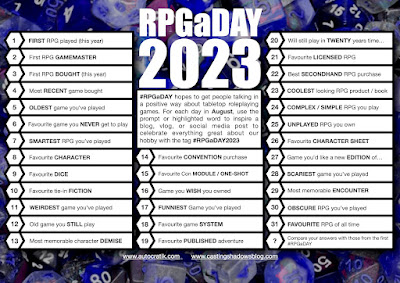


.jpg)





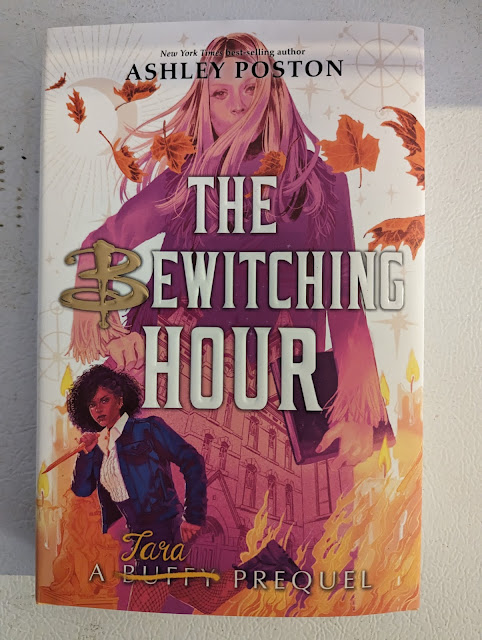


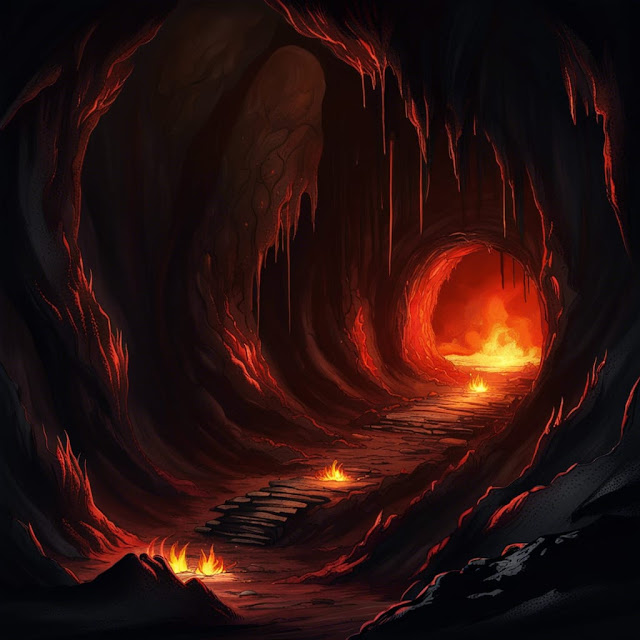

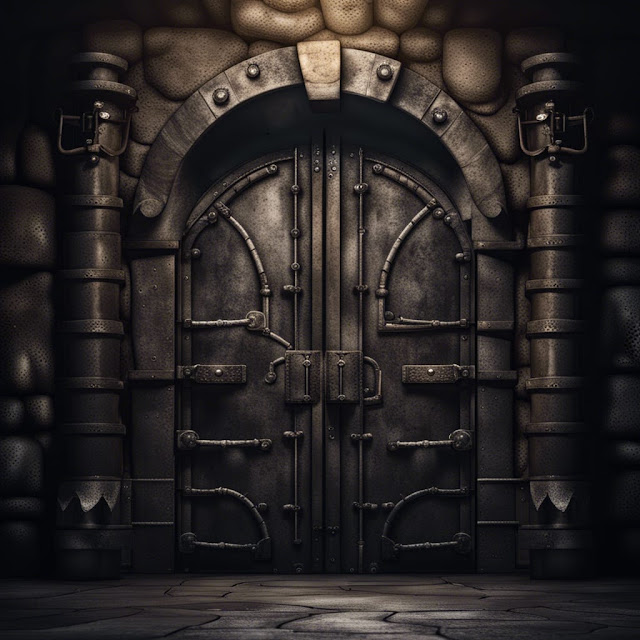

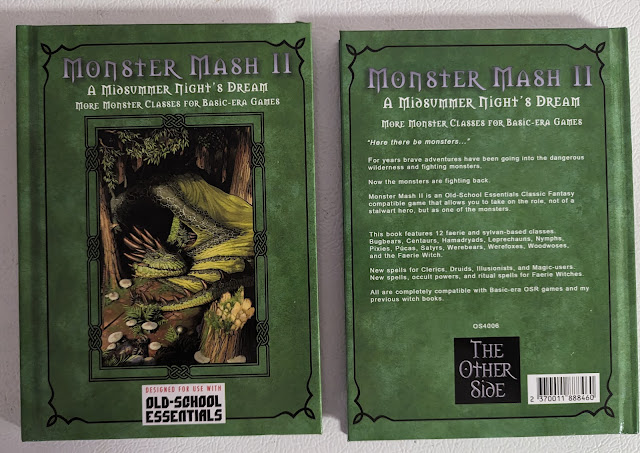





 Next is the City Garage. it's a rather generic name, but it provides pretty good services. Ono Motopia is the proprietor and Head Mechanic, easy to recognize for his greasy big gray mustache. His wife is the office staff, and she's the one who does most of the electrical I am told.
Next is the City Garage. it's a rather generic name, but it provides pretty good services. Ono Motopia is the proprietor and Head Mechanic, easy to recognize for his greasy big gray mustache. His wife is the office staff, and she's the one who does most of the electrical I am told. 





























































